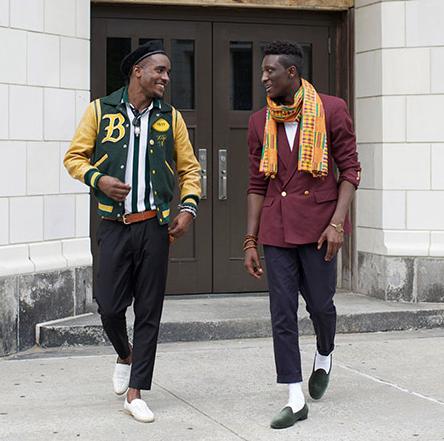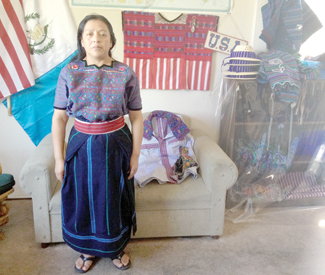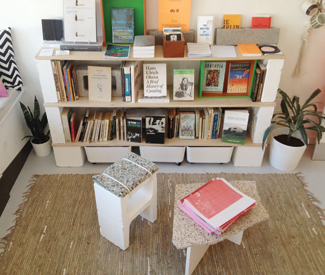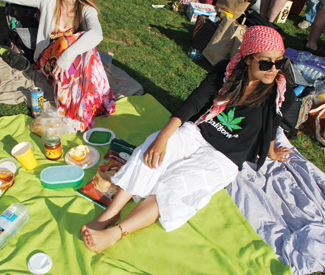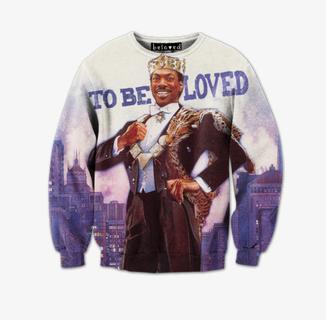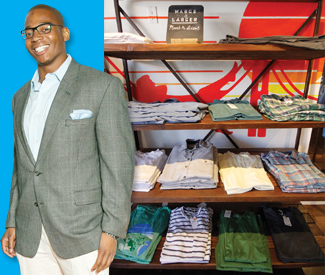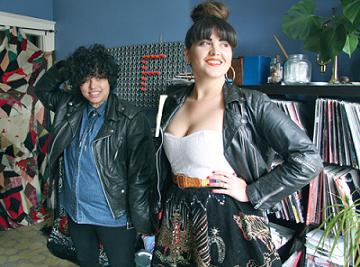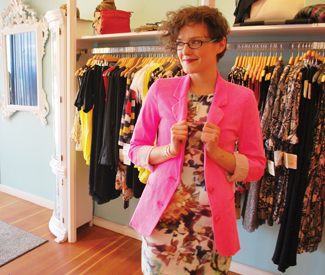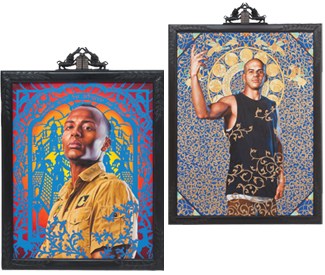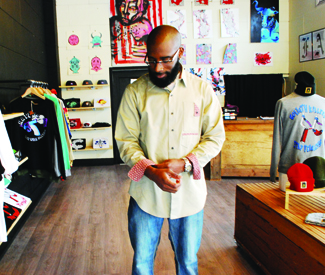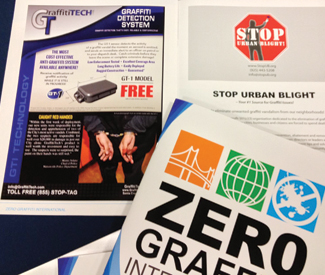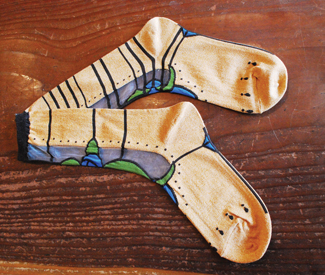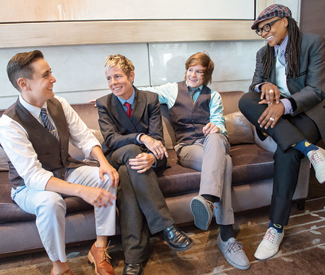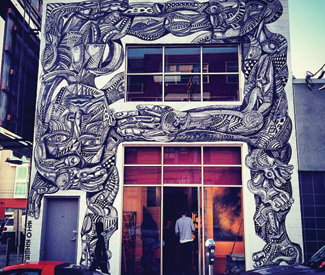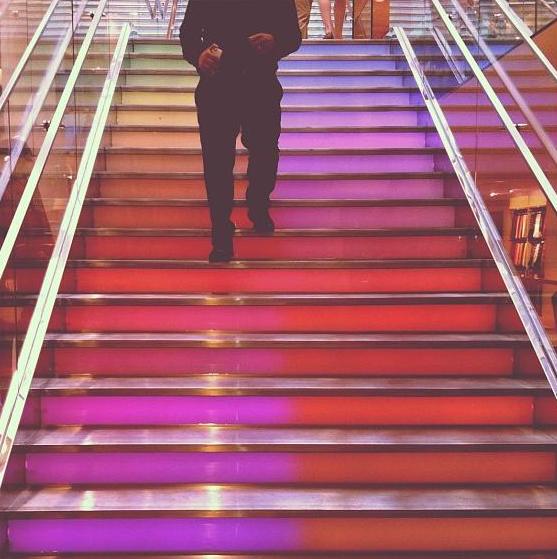The Fillmore Street Goodwill, I will tell anyone who listens, is the best in the city. I have a theory about this: Pacific Heights ladies-who-laze, on a motivated day when they’re not dressing their doggies in argyle or eating sandwiches with the crusts cut off, pack up their gently-used cardigans, sheath dresses, and colored pumps and bring them to the SF Symphony’s consignment shop. Should the cashier reject their finery, they sniff, and pick their way down the hill to the Goodwill. After dropping off the load they go get their hair blown out at a salon that doesn’t do cuts or colors, as its plate glass window proclaims to the world: only blowouts.
Basically, there are always a ton of really nice, jewel-toned heels at the Fillmore Goodwill. And many more clothing stores with character, right down the block. Here’s some stand-outs.
>>CHECK OUT MORE ADVENTURES FROM OUR STREET SEEN STYLE COLUMN
Brooklyn Circus
Though I covet this brand (created in yes, Brooklyn by Bay native Gabe Garcia and Quincy “Ouigi” Theodore) for its current crop of chambray baseball hats, letterman’s jacket-style coats, and sleek leather boots for my own, menswear-loving self, I mainly pass through to check out what my dream boyfriend would be wearing. Urban dandy, grown and sexy — call it what you want to call it, the BKc look is hot. The Fillmore location is about to celebrate its fifth birthday, coinciding as ever with July’s Fillmore Jazz Festival.
1521 Fillmore, SF. (415) 359-1999, www.thebkcircus.com
Pass by the baubles and grills at Mr. Bling Bling’s and you’ll happen across the phenomenal street art that lines one side of Avery Street. Thank you Richard Coleman for appropriately capturing my feelings behind a challenging day at the office. All photos from this point forward by Caitlin Donohue
Asmbly Hall
Per our effusive writeup accompanying its Best of the Bay award last year, Asmbly Hall stocks San Francisco-style prep chic. Its colorful men’s and women’s fashions are highlighted by local labels — there’s cute-as-a-button Fashion Star alum Ronnie Escalante’s Powell and Mason line of striped scarves, Japanese fabric buttondowns made by Blade + Blue. Owner Tricia Benitez let me know that she’s always on the lookout for more Bay Area producers. I went south for my favorite piece the day I visited, however: a striped velour pullover from LA brand Slvdr’s Spring 2013 collection. Kinda reminded me of the onesies I rocked as a wee one. I had a great chat with Benitez about how the young business owners in the area have really banded together to re-envision the neighborhood — she often coordinates events with Social Study, the adorable wine, beer, and small plates bar that Harmony Fraga (previously bar manager at the TL’s Farmerbrown) opened on Geary and Fillmore.
1850 Fillmore, SF. (415) 567-5953, www.asmblyhall.com
A case of Stance socks at Asmbly Hall. Love the Mondrian-esque owl design
QUEENS TAKE NOTE SHADE SOLD HERE
Scotch and Soda
I had to check out this Amsterdam brand, a recent arrival to the strip (the company also opened up a Financial District location this year), and even if its entire spendy collection of Spring Breakers neons set off with faux bleach swaths and leather feather accents didn’t set me to “stun”, I did fall in love with a floral-print hoodie with the world’s most complicated wrap neckline. When arranged just… so, the two pull strings protruded out over each other, like some carefully balanced work of modern art, or Sloth’s eyeballs. I found the linen and general color palette of this store to be a younger person’s version of the stock up the street at fancy-pants boutique Erica Tanov. I don’t imagine, however, that Tanov would ever spell out the word “Malibu” on a t-shirt with neon love beads.
2031 Fillmore, SF. (415) 580-7443, www.scotch-soda.com
Tropical sweatshirt lifestyle at Scotch and Soda
Steven Alan
Once on a trip to Stockholm, a friend reverently dragged me to an Acne Studios sample sale, where I could do nothing but run my fingers across complicatedly draped tunics and diaphanous silk dresses. The Acne items that this chain store sells are a bit more wallet-friendly (also, f**k the kroner’s enviable stability and impossible exchange rate), and everyday: mainly, tons of colored jeans. Steven Alan is good for basics-with-flair — classic Levi’s styles, and smaller name brands abound at the men’s and women’s store.
1919 Fillmore, SF. (415) 351-1499, www.stevenalan.com
Mio
Yes, elder richer women shop here — but the eccentric kind, the sort who drop dimes in the museum gift shop so that every outfit they wear is comprised of conversation pieces. I spent a good stoned second staring at a rack of tightly pleated and ruched crepe-y Issey Miyake garments that stood, colorfully, in complete defiance of the laws of physics. And loved the preponderance at Mio of Miyake’s line of geometric Baobao bags (which are without a doubt the kind of gems that I’ll be wearing, once that lottery ticket comes through).
2035 Fillmore, SF. (415) 931-5620, www.miosf.com
Seriously guys, this shirt at Mio. It’s command of/refusal to live in three-dimensional space is impressive.

